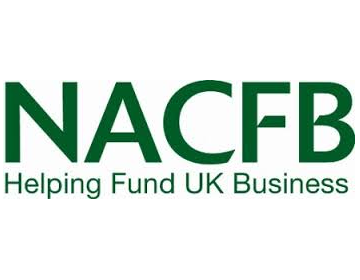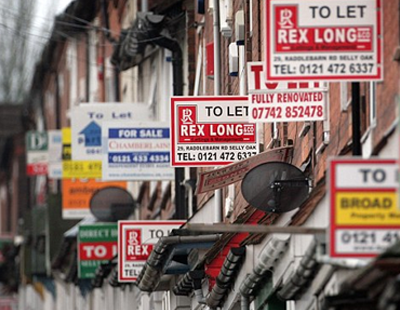First-time buyers accounted for half of all home purchase valuations in July, according to the latest research from Connells Survey & Valuation.
The portion of the property purchase market represented by first-time buyers was up six percentage points (49%) on the five-year average for July (43%).
Lender competition drives for remortgages has increased up to 36% of the entire valuations market, making it 10% higher than the five-year average.
The findings suggest that the significant rise in first-time buyer borrowing seen in June has continued through the summer.
First-time buyers took out 36,000 loans in June, up 22% month-on-month and 6% year-on-year, reaching its highest level since November 2006.
John Bagshaw, corporate services director of Connells Survey and Valuation, said that record high employment and competitive mortgage rates has led to the high demand from first-time buyers, which in turn supports the housing market. “But that doesn’t mean it’s an easy task to get a foothold in the market,” he said.
“Economic conditions are still tough. The increasing cost of living and house price inflation are making it harder to save for a deposit. House prices are around eight times higher than earnings – and they’re rising twice as fast.”
He added: “With the value of a typical property rising £10,000 in a year, first-time buyers still need help. Perhaps they could be given an exemption from stamp duty?”
While the importance of first-time buyers in the market is increasing, buy-to-let activity has declined with fewer new landlords entering the market.
Government policies, including the stamp duty surcharge and phasing out of buy-to-let mortgage tax relief, have reduced the incentive to invest in the rental market.
“People are still investing in the buy-to-let sector, but there are typically existing landlords looking to expand their portfolio and increase profits to offset increasing tax bills,” Bagshaw commented. “The stamp duty surcharge, combined with the reduction in buy-to-let mortgage tax relief, is potentially dissuading new small-scale, amateur landlords from entering the market.”
As purchasing property falls back to 62% of activity in the mortgage valuations market, remortgaging has risen to 36% in July.
Bagshaw reckons fewer landlords will mean less competition in the lettings market, meaning the matter should be a concern for the Government. “As housing policy is no longer entirely focused on increasing homeownership with the Government accepting the need for a healthy rental sector, they should think again about policies which hold it back. Of course, a serious step-up in house building would help everyone in the market.”
Remortgaging is 10 percentage points higher than the five-year average for July (26%). This indicates that the lower mortgage rates are helping those looking to refinance more than those purchasing property as lender competition continues to rise.
Bagshaw offered some final thoughts. “A large number of these remortgaging are going onto long-term fixed-rate mortgages to lock in to attractive deals. Many feel there could be an economic storm on the horizon as we leave the EU, and there are concerns over a base rate rise.”
“In the purchase market, the shortage of housing stock means people are finding it harder to see their next move.”













Join the conversation
Be the first to comment (please use the comment box below)
Please login to comment